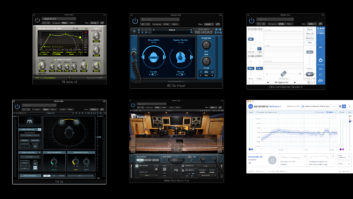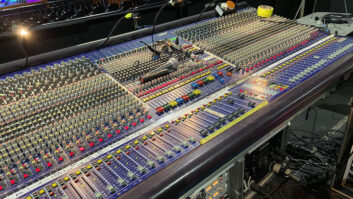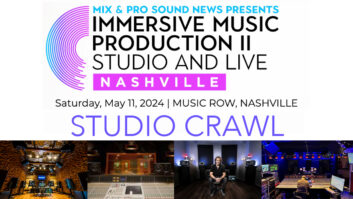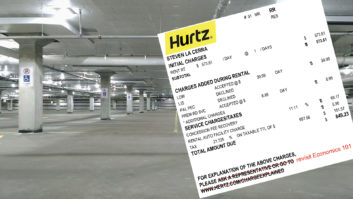I was recently invited to play dobro for a recording session at a studio not too far from me. It was the first such call I’ve had since Covid-19 turned everything upside down. “It will be safe,” the producer said. “Only the client, the engineer and I will be there. We’ll all be masked, and everything will be sanitized.”
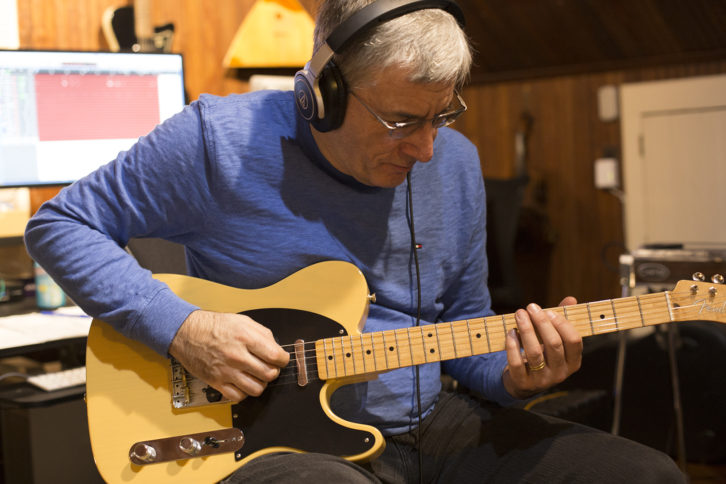
My initial thought was to accept. But then I thought about how Covid-19 spreads so much more easily when you spend extended periods of time in enclosed spaces with other people. That type of environment, unfortunately, describes the recording studio experience to a tee.
So, I told the producer that I’d rather work remotely, and that I have a nice setup and will get quality results. Thankfully, he was cool about it and agreed.
Read more Mix Blog Studio: Must the Show Go On?
Unfortunately, not everyone involved in music or audio production can work from home. Some examples include people who work in commercial facilities and musicians who don’t have their own recording setups. If you do have to be in a studio with others, there are a few things you can do to help make it safer.
Limit personnel. Restrict each session segment to those who are actively involved. For example, say you’re cutting basic tracks for an album, with bass, drums and maybe a guitar or keyboard player. Instead of having the whole band attend, only invite the musicians who will be recording that day. Absolutely no guests should be allowed in.
Quarantine: Ideally, participants should quarantine or at least follow strict social distancing guidelines for a couple of weeks before the session. In a perfect world (which ours certainly isn’t), everyone could get tested close to the day of the session.
Check at the Door: Because testing is so limited—especially here in the U.S.—studio personnel could do temperature and blood-oxygen (via an inexpensive Oximeter) checks before admitting anyone to the facility. Those are certainly not foolproof or comprehensive diagnostic methods but could allow you to flag someone with an active case and send them home.
Masks, Masks and More Masks: Inside the studio, everyone should be masked, except singers when they’re actually singing (more on that in a bit). The practice of the musicians going into the control room from the live room to listen to a take is not advisable. Use iso booths as much as you can, or at least gobos, to separate individual players.
Pre-Record Scratch Vocals. If a scratch vocal is necessary to help everyone keep their place when tracking basics, have the singer remotely record it to a click, fly that into the DAW session, and the band can listen to it as they record.
Be Careful With Vocals: Singing is one of the most efficient ways to spread coronavirus droplets, so take special care when recording a vocalist (read this NY Times article for more about airborne transmission). Put the singer in a vocal booth, if you have one, or a separate room if you don’t. Record group vocals one part at a time. No sharing of mics.
Wipe It Down: Touching infected surfaces doesn’t seem to be the primary route of transmission for the virus, but it is still a danger. Sanitize the studio before each session in which others are present. Wipe down door handles and any other surfaces that participants are likely to touch. Disinfect the bathroom.
Consider cleaning vocal mics after use. Here’s some info from Shure on mic cleaning. Although it’s specifically about Shure mics, there’s general info about cleaning condenser and dynamic mics. One important point they make about condensers:
Due to the more delicate nature of condenser microphones, never use water or any other liquid for cleaning purposes. Even a small amount of moisture may damage a condenser element. For microphones with removable grilles like the Beta 87 or KSM9, the grille and foam windscreen may be washed as described above. Again, the grille and windscreen must be completely dry before reattachment to the microphone.
Even if you take all these precautions, there’s no guarantee that the studio’s air won’t become contaminated. Ventilation is important, but air conditioning is thought to be problematic because it blows around recycled air. According to this article in the Jama network (a peer-reviewed journal), room air cleaners can help but much depends on their efficiency and the size of the room.
Even with the best precautions in place, sessions with more than one person attending are going to be pretty risky for the immediate future. Go remote, if at all possible. If not, practice safe session.




